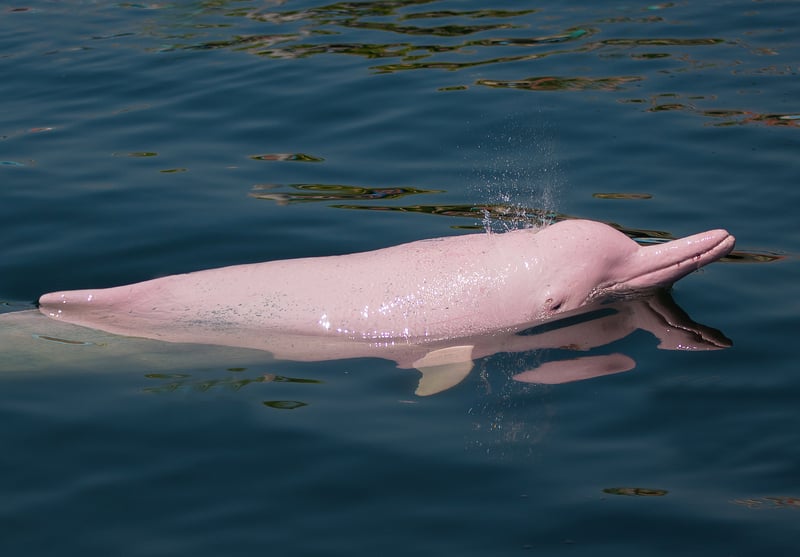RALEIGH, NC—A series of photos depicting a ‘rare pink dolphin’ in North Carolina waters has gone viral on social media platforms Facebook and TikTok, leading to widespread speculation and debate over its authenticity. The images, which have captured the imagination of thousands online, appear upon closer examination to likely depict a plastic toy rather than a real animal.
The concept of a pink dolphin captures attention due to the real existence of pink dolphins, known as Amazon river dolphins or “botos,” a rare species predominantly found in freshwater areas of the Amazon and Orinoco rivers in South America. However, the appearance of such an animal in North Carolina would be highly unusual and unprecedented.
As the images circulated, experts and social media users alike have raised concerns about the veracity of the content. They have highlighted issues related to fake news and the role of artificial intelligence in crafting and spreading such content across digital platforms. The potential for AI to generate realistic but wholly fabricated images poses significant challenges for information verification on social media.
If you look closely at the photo, you can see the word ‘cola’ on its forehead, suggesting it was once a prop for a soda brand or something. Also, the dolphin has an unusual plastic look to it and is in the exact same pose in each photo.
That’s not to say pink dolphins are not real. This one just has way too many red flags, such as the dolphin being in the same pose in each photo.
To date, wildlife authorities in North Carolina have not confirmed any sightings or existence of a pink dolphin in the region, further casting doubt on the authenticity of the viral images. The spread of these photos has sparked discussions on the need to critically examine viral content and critically verify information through credible sources.
A second photo later surfaced on the same day.
This incident highlights the broader issues of misinformation and the ease with which fake news can spread, often outpacing the spread of verified facts. Social media users are encouraged to approach viral phenomena skeptically and seek information from established wildlife experts and organizations.

